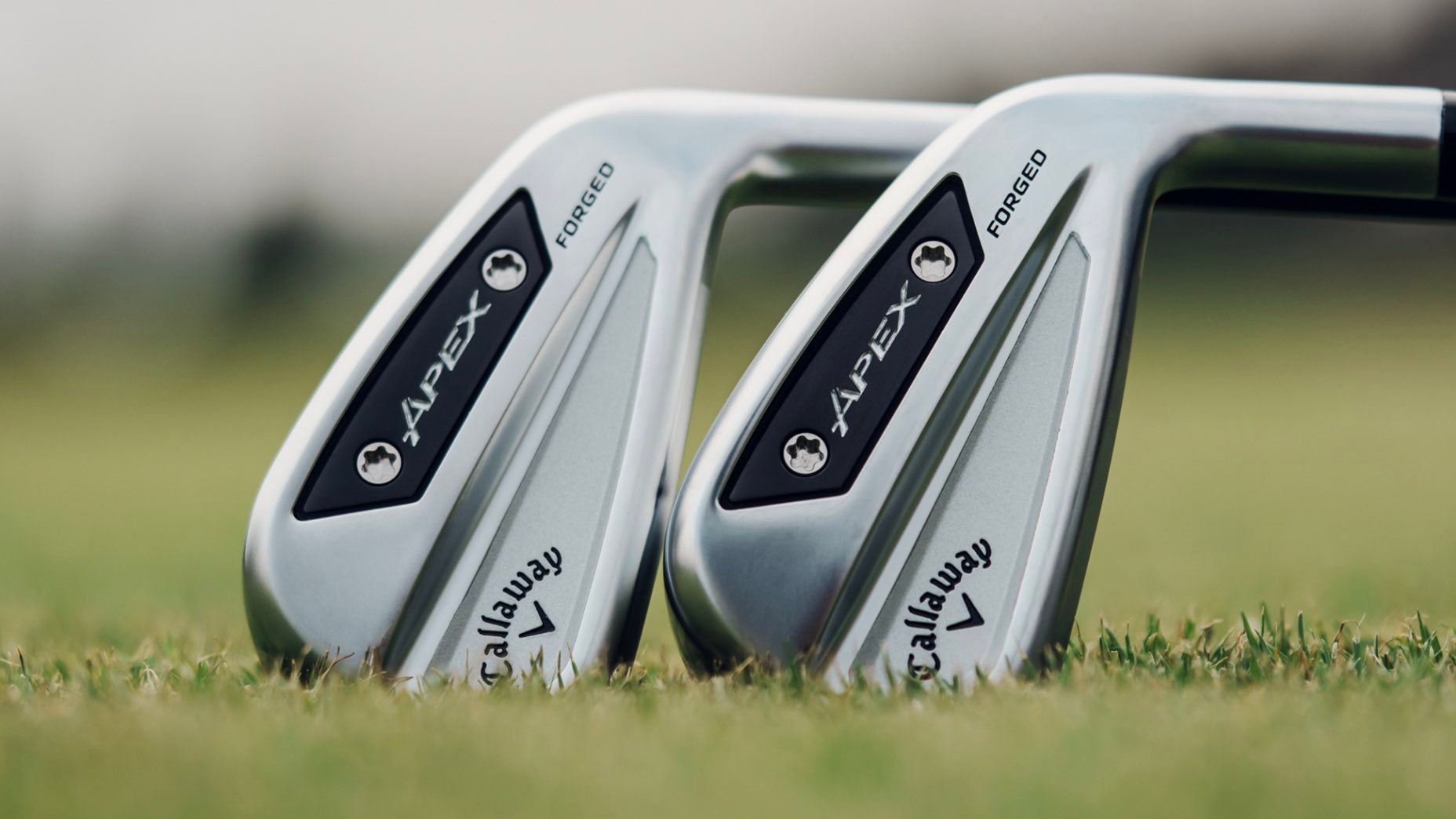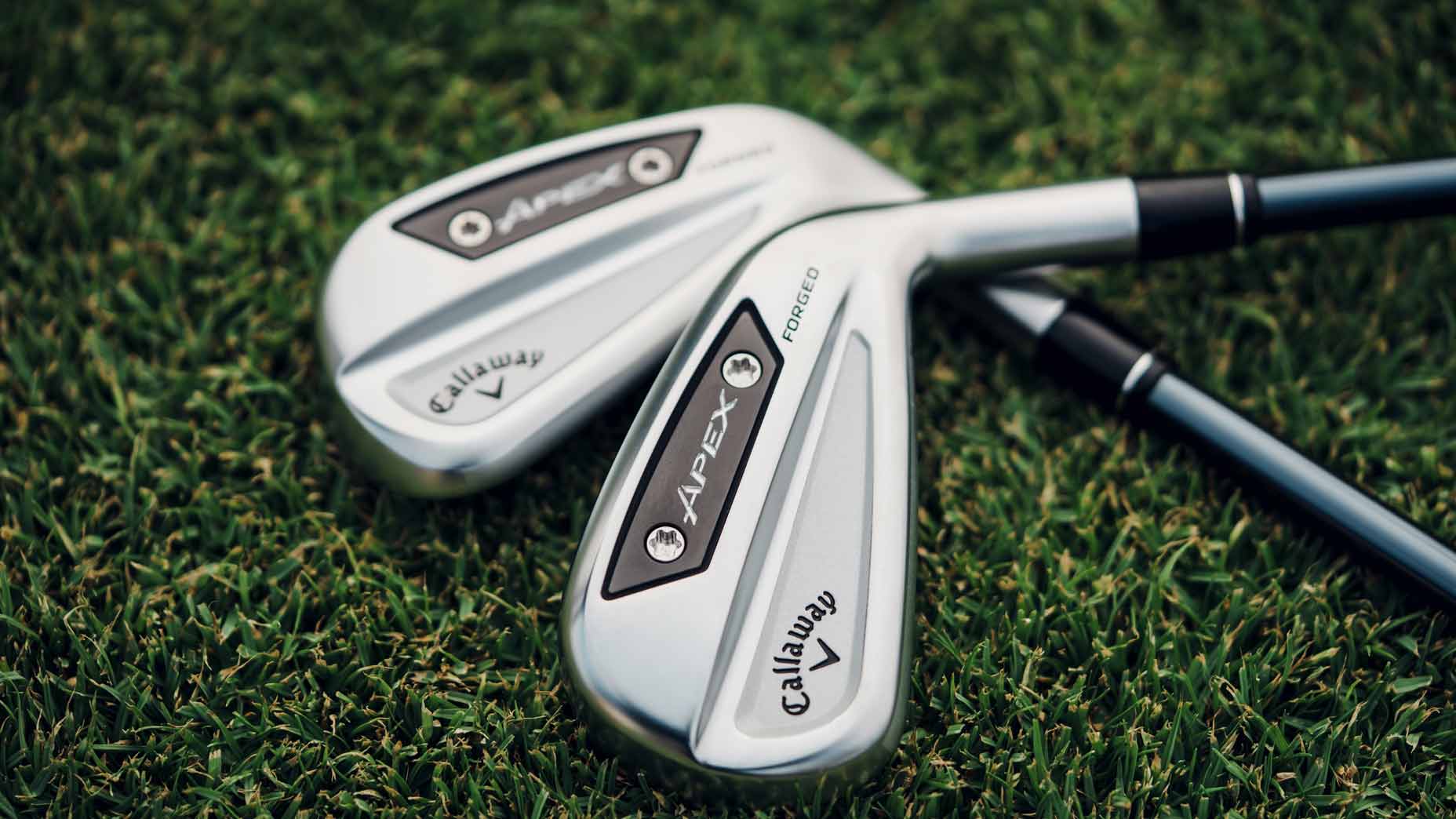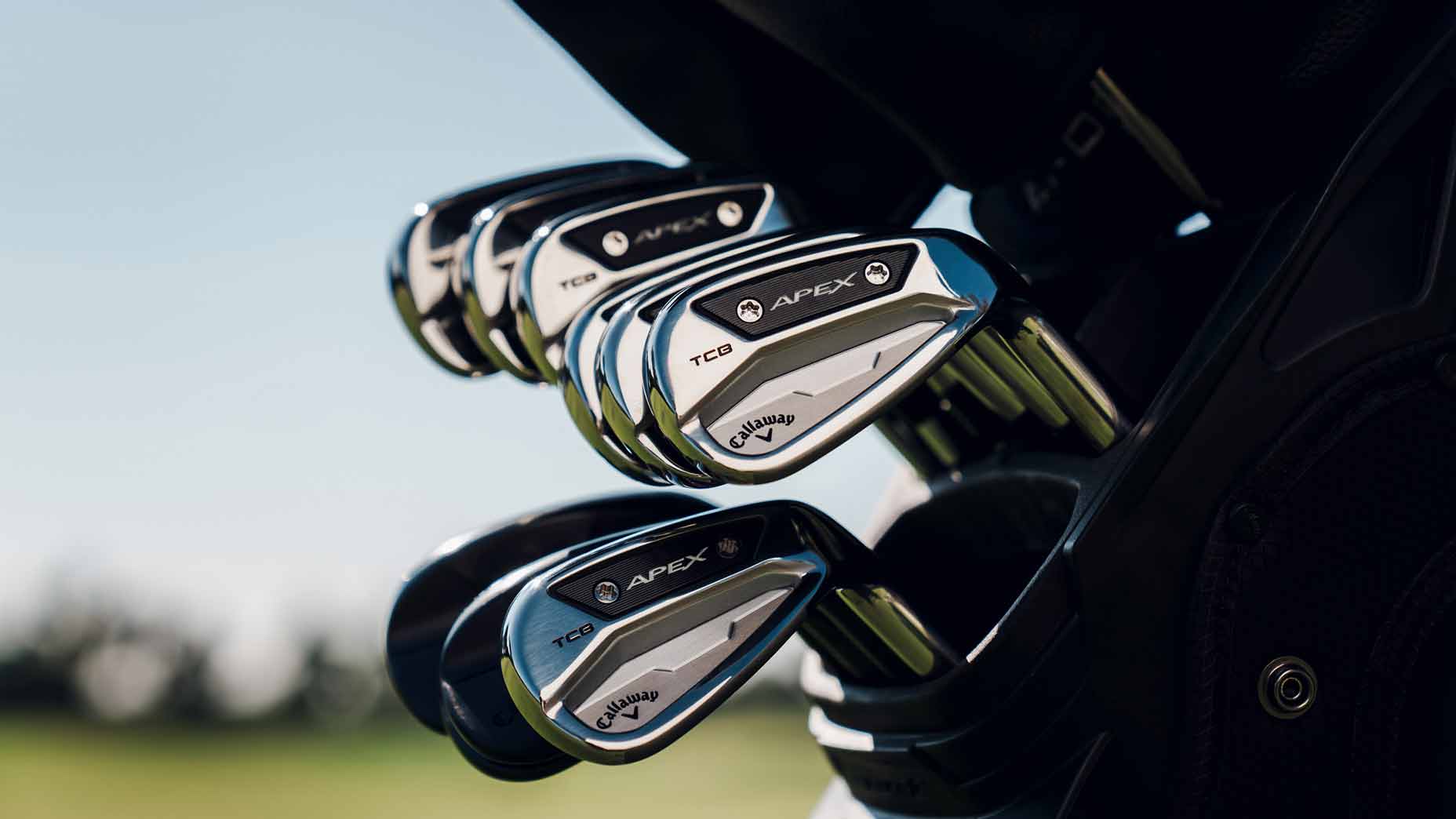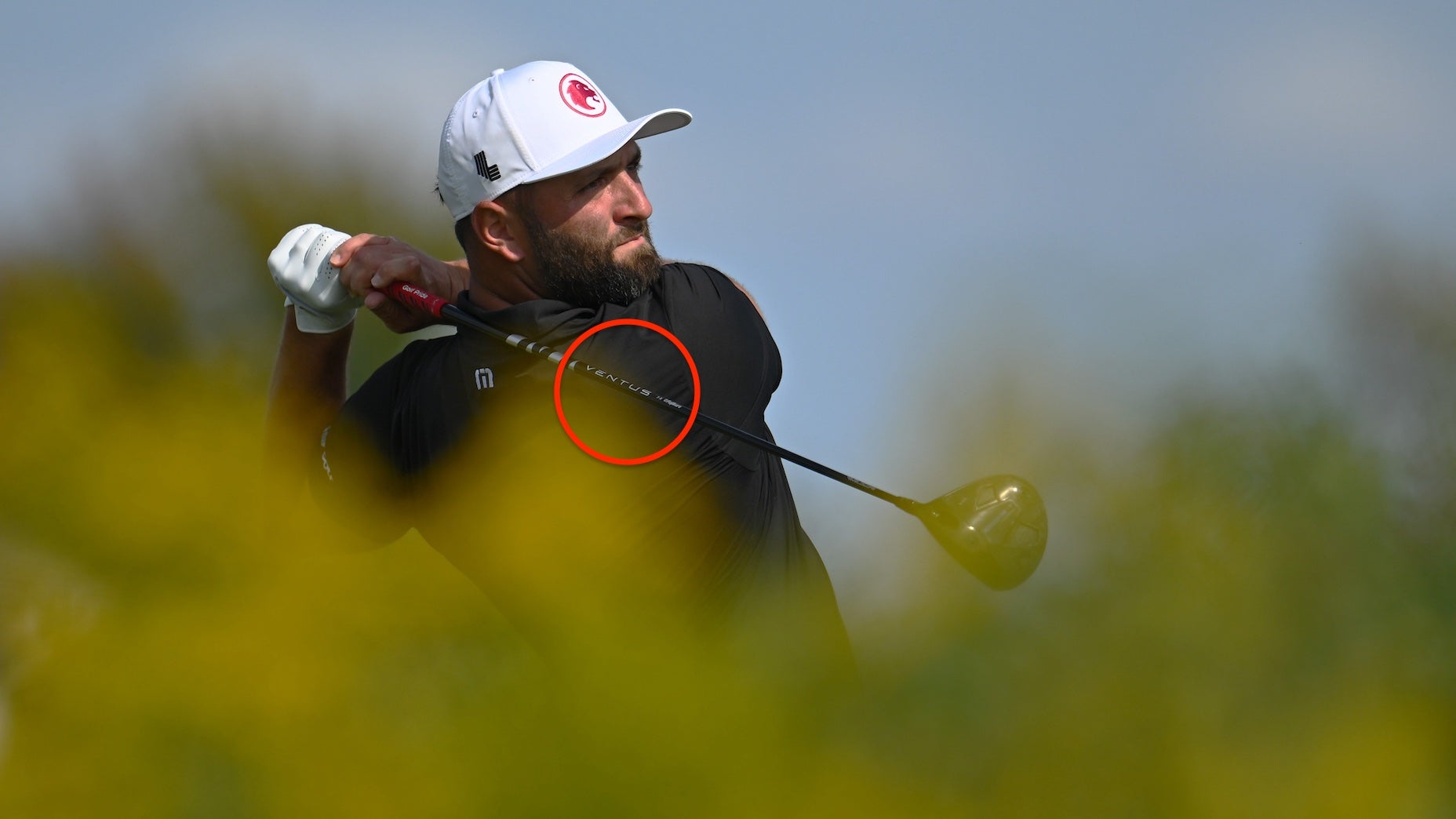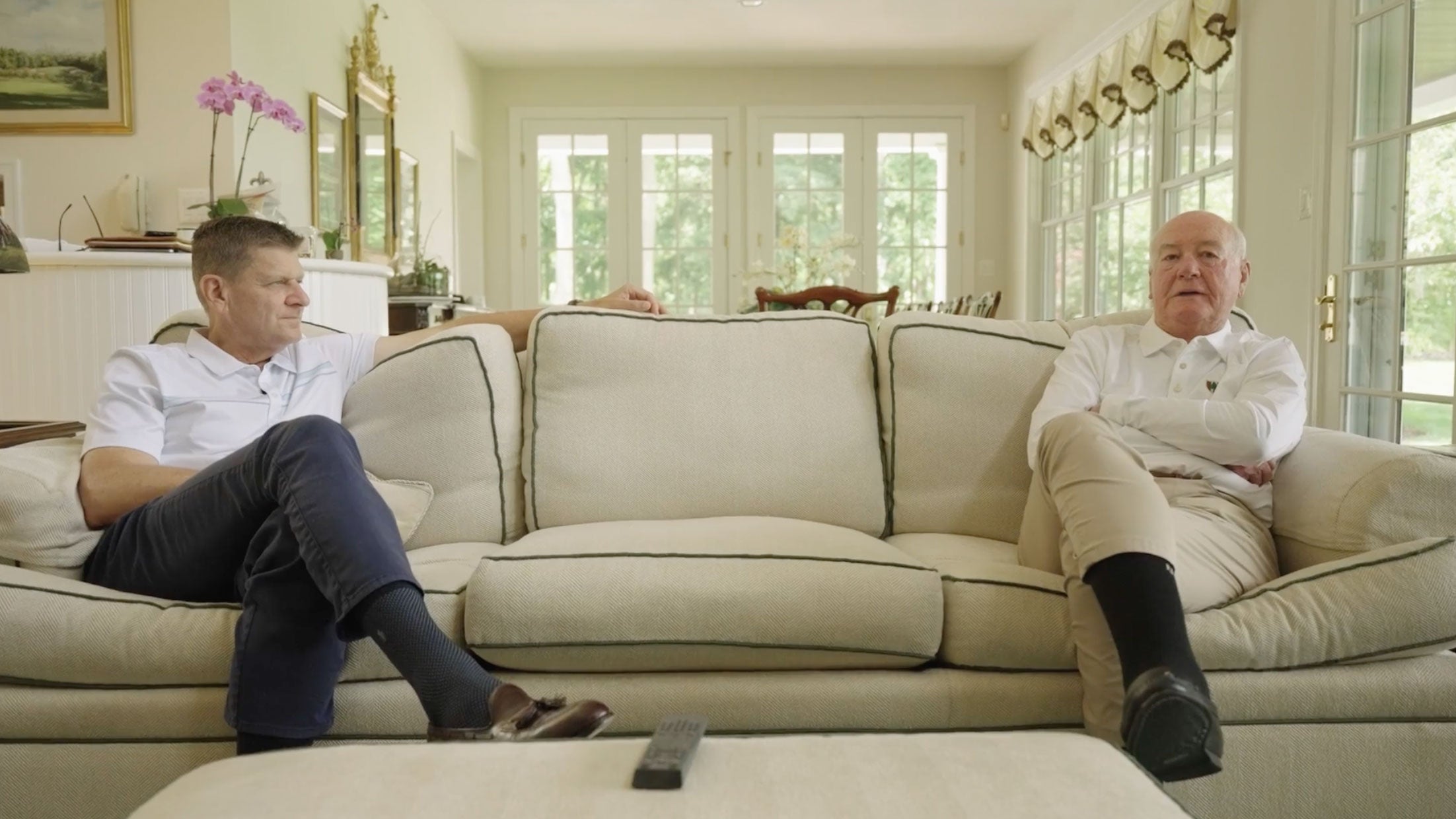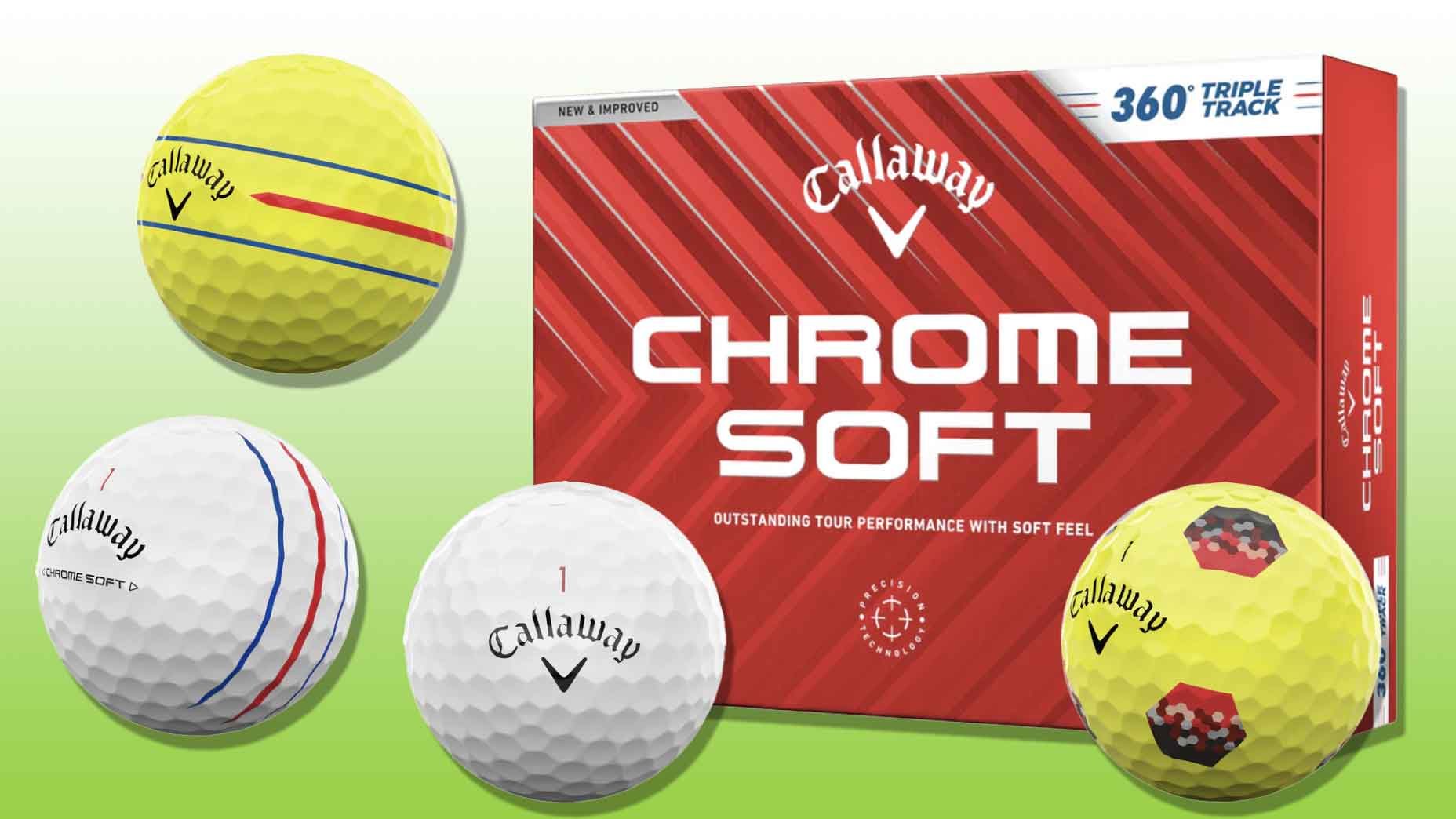Dylan Frittelli is the only pro in the world using this $4K Callaway prototype wedge
- Share on Facebook
- Share on Twitter
- Share by Email

Dylan Frittelli is the only pro in the world using this custom Callaway Apex wedge.
Jonathan Wall/GOLF
SAN DIEGO, Calif. — The average wedge runs anywhere between $130-175 if you’re buying new. It’s important to keep those numbers in mind when discussing Dylan Frittelli’s Callaway Apex TCB sand wedge — because it’s anything but average.
In fact, the South African is the only golfer on the planet who owns the custom creation. It’s the epitome of a true one-of-one — and it doesn’t come cheap.
“Roger told me it’s about a four-thousand dollar wedge in my bag because it’s handmade,” Frittelli told GOLF.com. “I think they now have a CAD file so they can print it in the future.”
This brings us to the most obvious question: Why in the world does Dylan Frittelli need a $4K wedge?
It’s a question Frittelli didn’t even realize he needed an answer to until last year when he started pouring over his carry yardages and TrackMan combine numbers with a gap wedge.
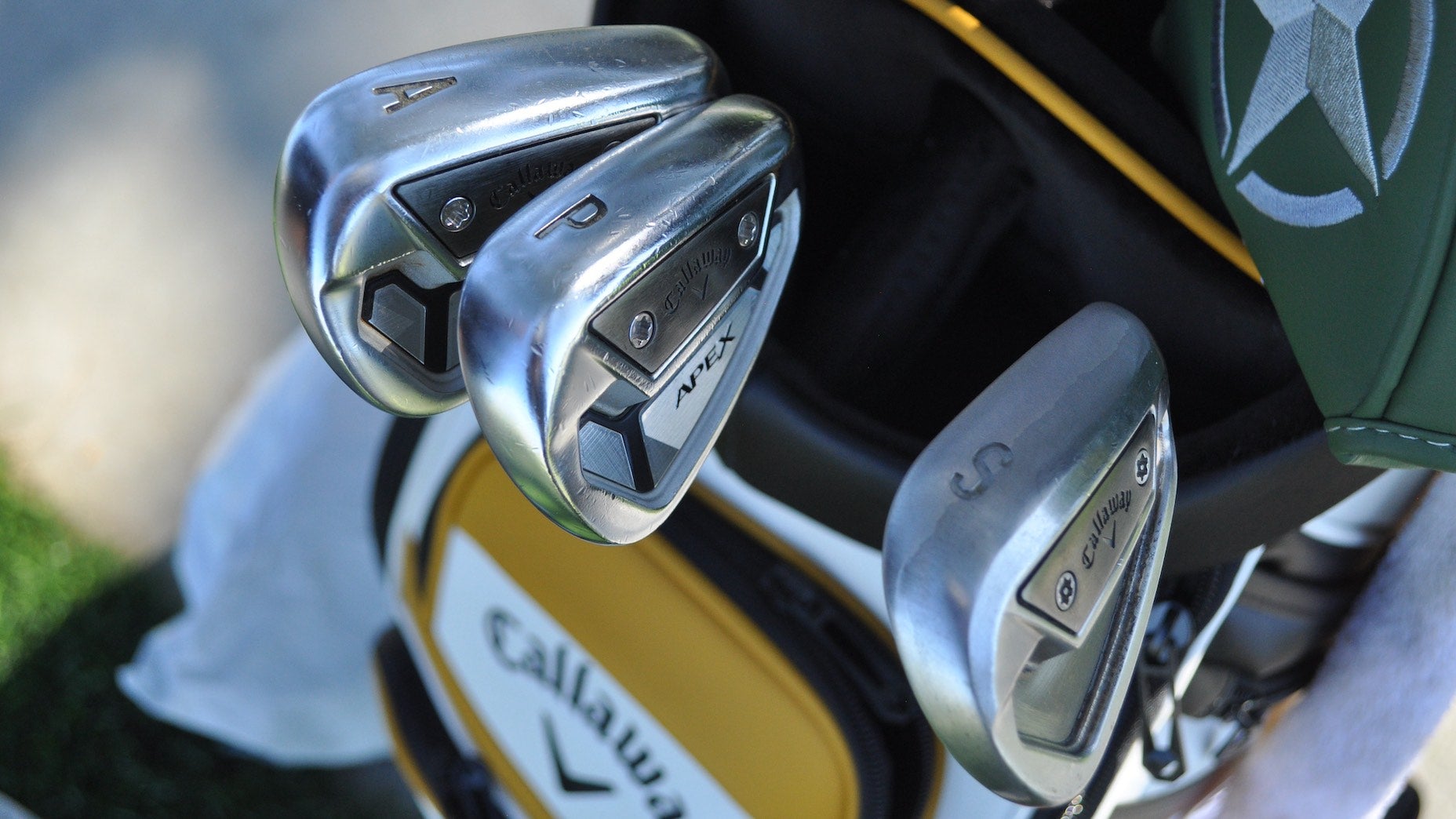
“On controlled shots with less than a full swing using a gap wedge, I noticed I was better off using a gap wedge that matched my iron set, as opposed to the smaller blade version.”
Blade wedges are a common sight on tour and put a premium on workability, but in Frittelli’s case, he saw other benefits with the cavity-back version that matched his Apex TCB irons, specifically when it came to mishit protection and spin consistency.
“Out of the rough, you have a little more mass behind it,” Frittelli said. “It gets the ball flying to a fuller yardage, and out of the fairway it flies much better on a mishit than a little blade head. That’s my theory behind it. It’s the same loft and carry yardages, but with the slight mishit, the spin numbers are dropping and it’s way more consistent in my mind.”
After seeing success with the gap wedge — Sam Burns is the only other Callaway staffer using a set-matched Apex TCB gap wedge — Frittelli started to wonder if he’d benefit from adding a matching sand wedge as well.
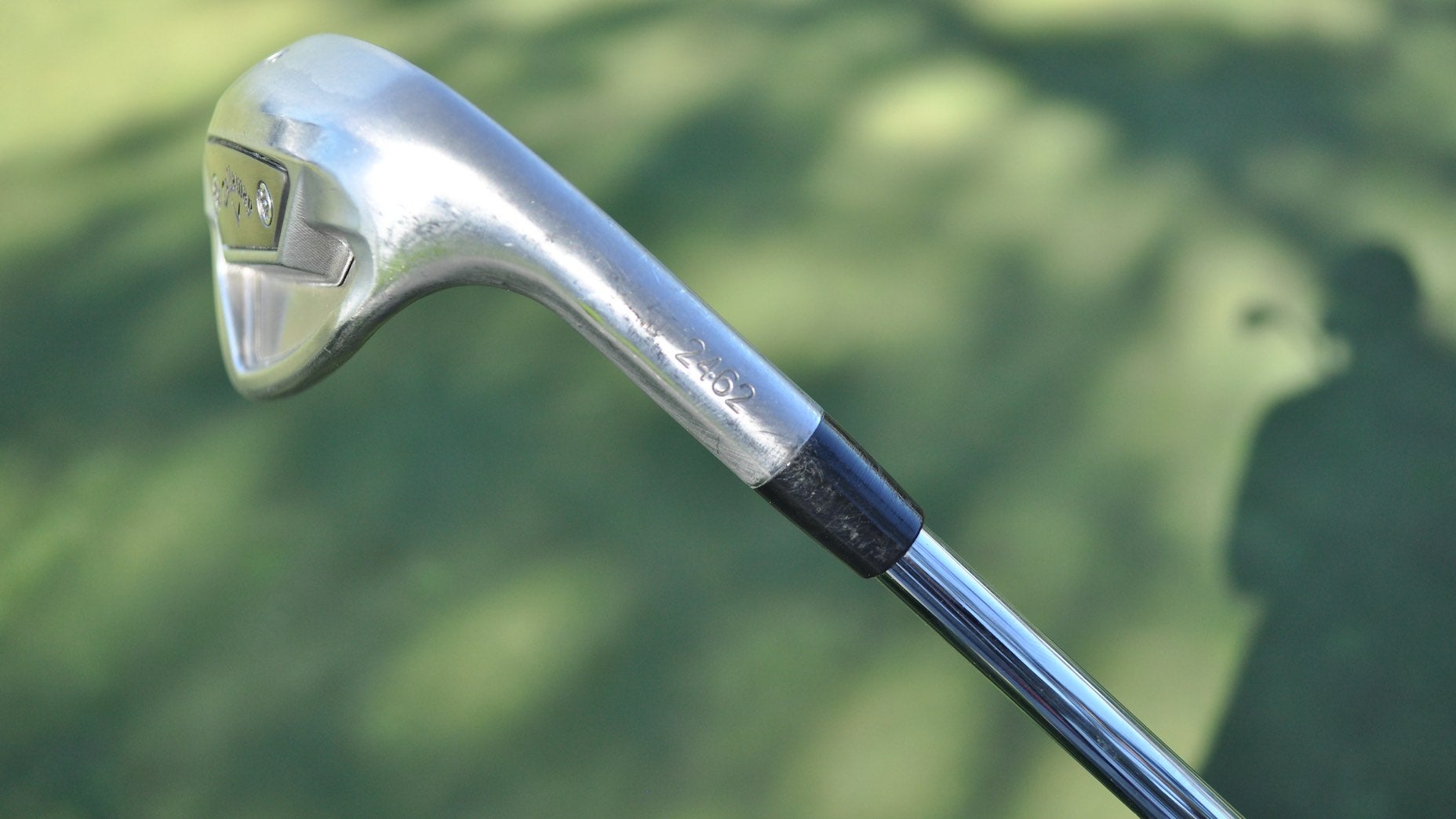
“What’s stopping me from pushing that further down into the sand wedge?” he said. “I did it in LA last year for the gap wedge, so I figured if they could make a sand wedge, why not do just that?”
After discussing the project with Callaway’s Tour team, Scott Manwaring, the equipment manufacturer’s director of design, went to work bringing the custom sand wedge to life from a giant hunk of carbon steel. Without a CAD file at the ready, Manwaring built the head from scratch over the next month, paying particular attention to the specs on Frittelli’s previous wedge and the overall look to ensure it matched his iron set.
Frittelli confirmed he’s been pleased with the performance of the custom wedge since he put it in the bag — to the point that backups versions have already been requested.
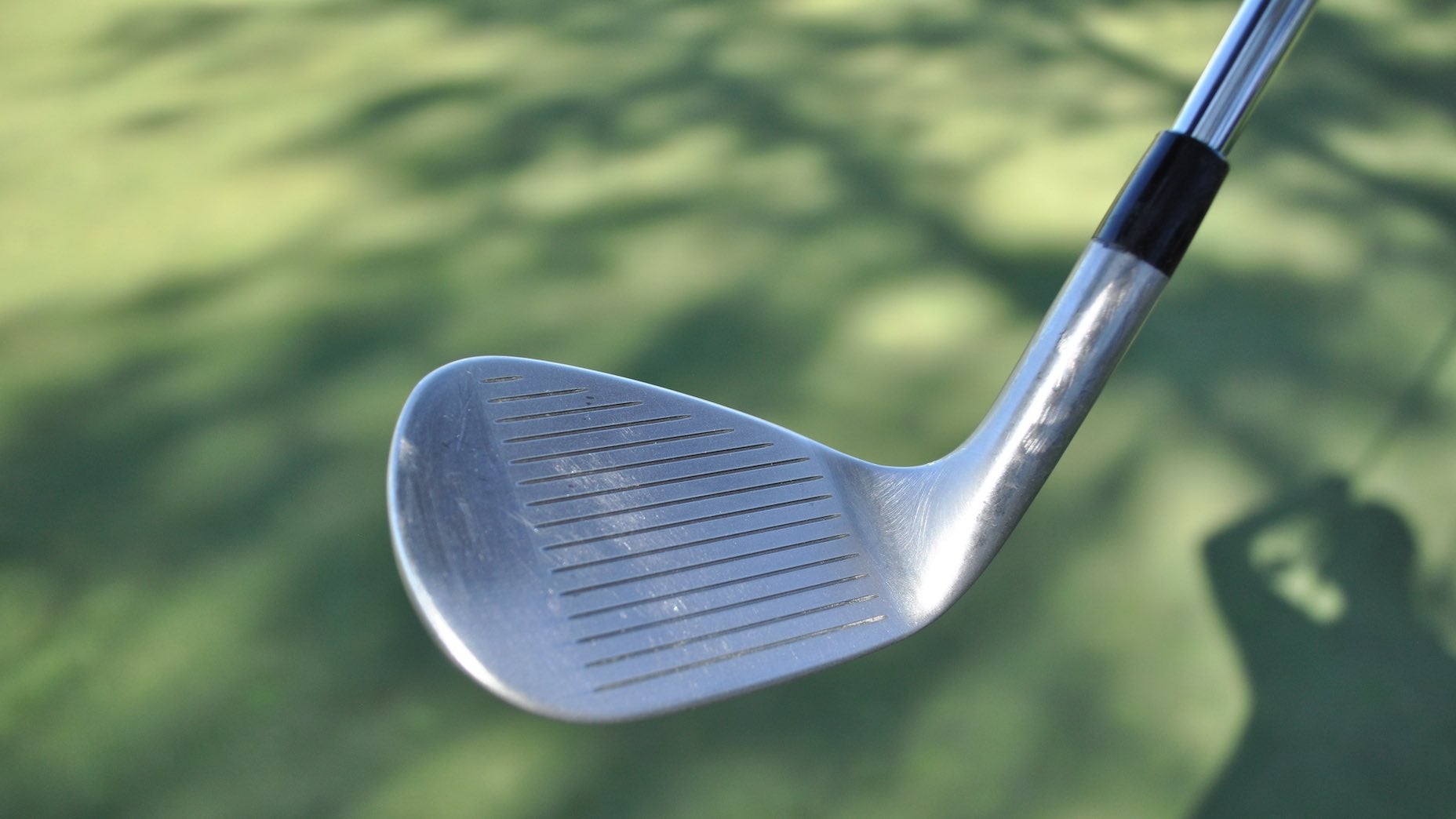
“I haven’t really had enough time to see the stats on it yet, but I played with it last weekend and it felt great,” he said. “I always worried that the chipping might be an issue — open, closing — but it’s been great for all shots for me. I just don’t see anyone else switching to the same sand wedge I have.”
Frittelli also pointed out another lesser-known benefit of using the custom wedge that should make Callaway happy.
“Because the head is extra hardy, I see myself going through maybe two sand wedges every year,” he said. “It used to be three or four with the old sand wedges. I’m all about effencies. The less materials I use, the better.”
At $4K per wedge, Callaway won’t complain about producing fewer wedges, either.
Want to overhaul your bag for 2022? Find a fitting location near you at GOLF’s affiliate company True Spec Golf. For more on the latest gear news and information, check out our latest Fully Equipped podcast below.
Latest In Gear

Jonathan Wall
Golf.com Editor
Jonathan Wall is GOLF Magazine and GOLF.com’s Managing Editor for Equipment. Prior to joining the staff at the end of 2018, he spent 6 years covering equipment for the PGA Tour. He can be reached at jonathan.wall@golf.com.



